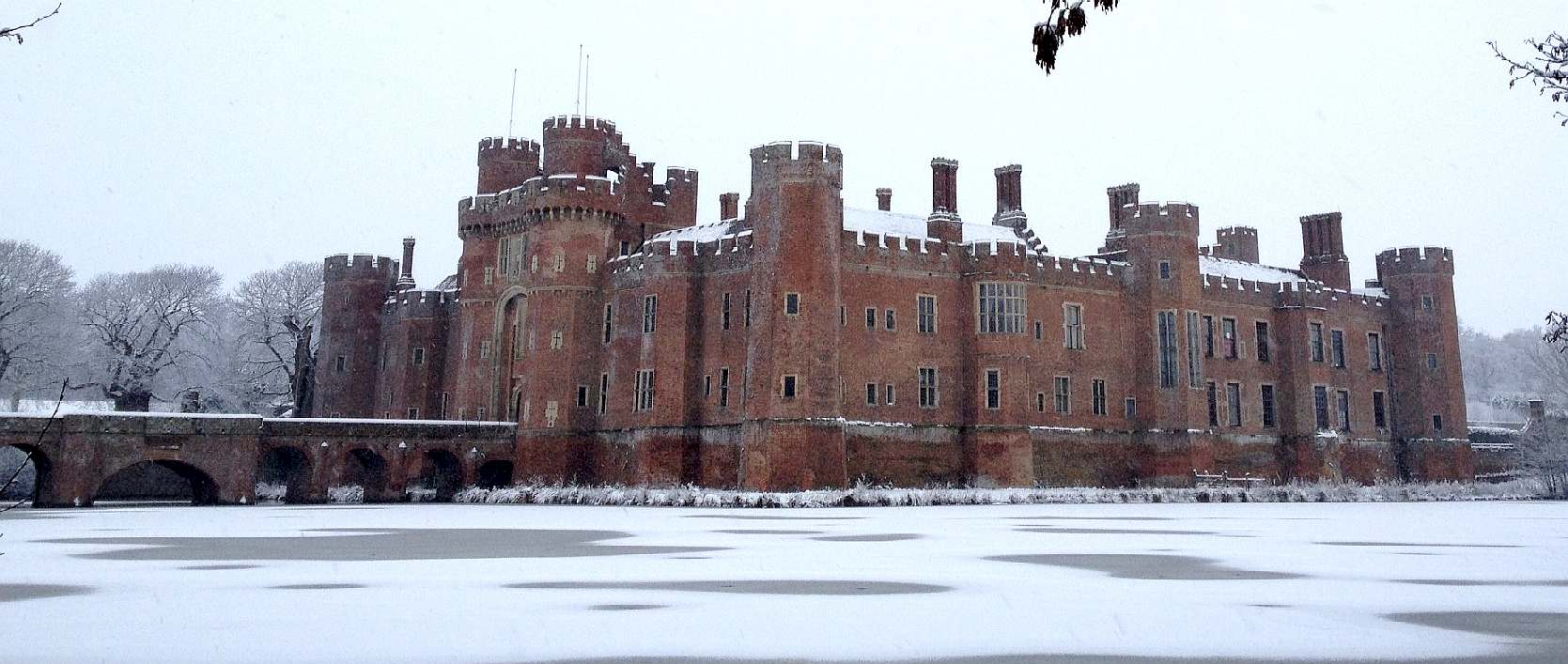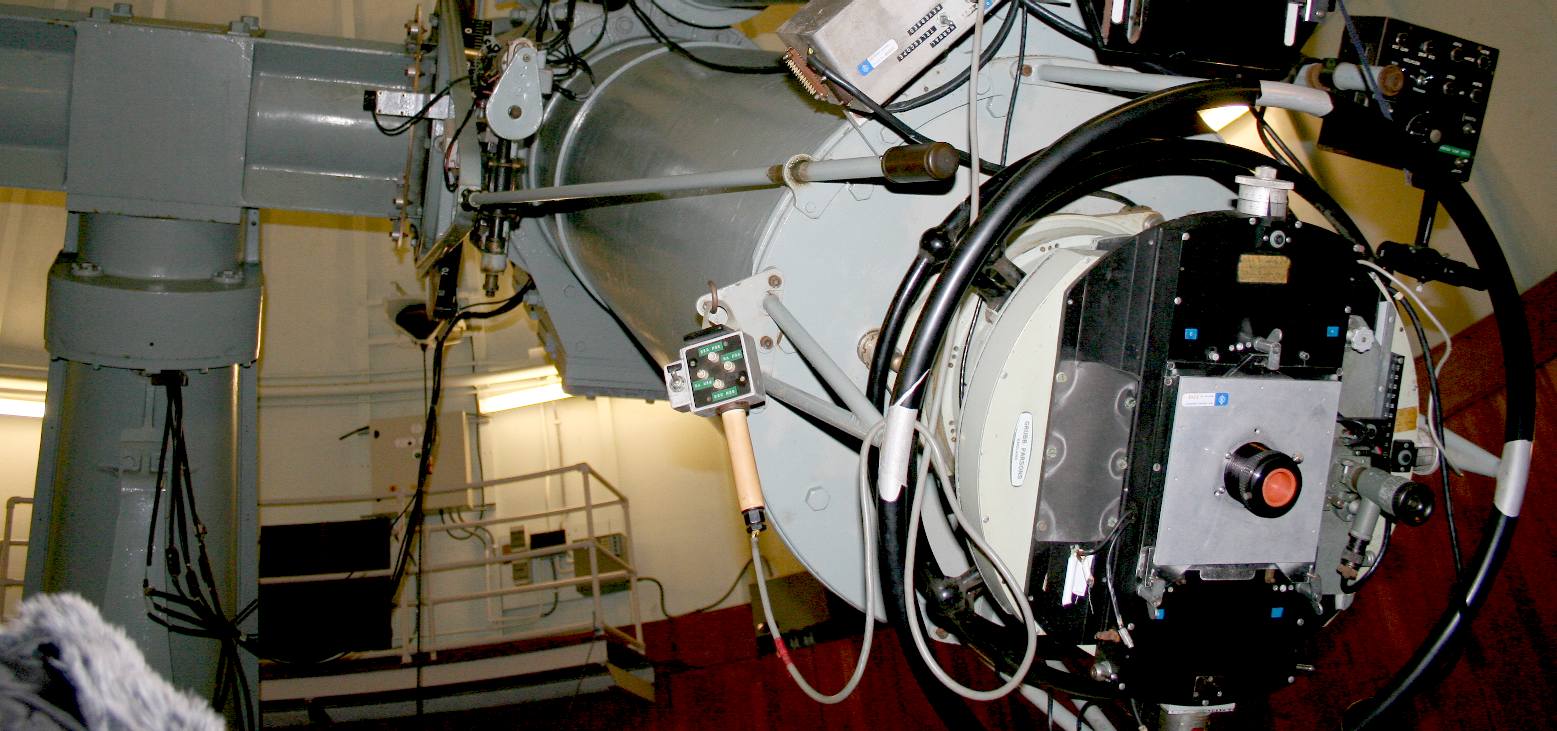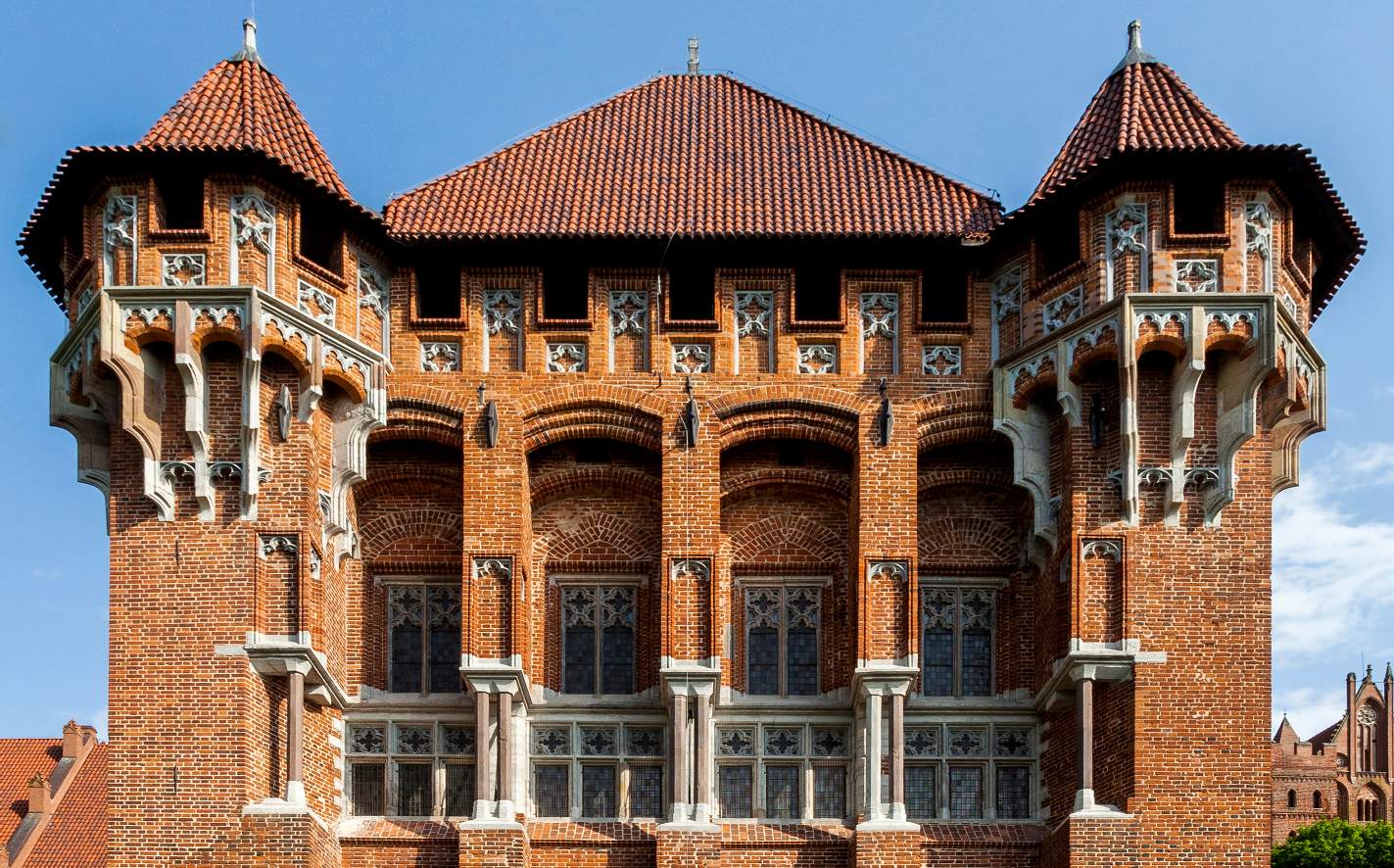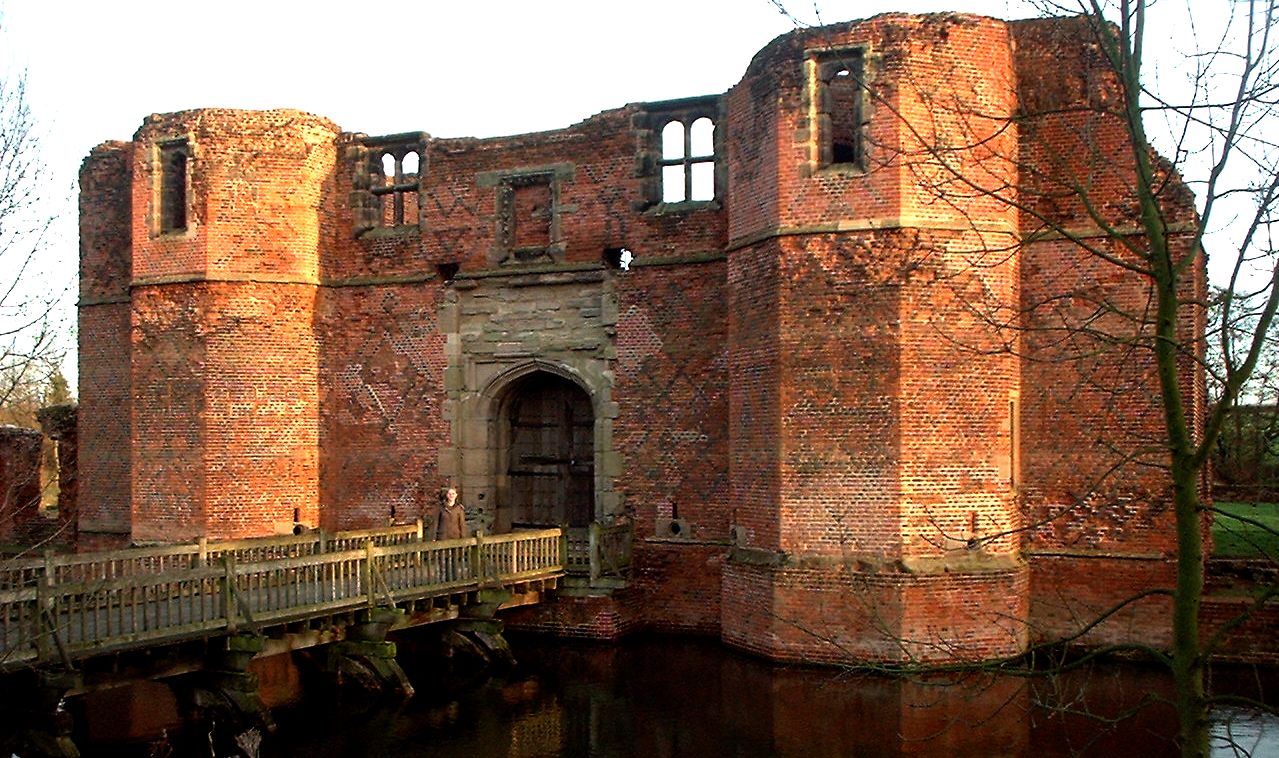|
HERSTMONCEUX CASTLE BRICK BUILT EDIFICES
|
|
|
BRICK BUILT - Stunning in its proportions, it must have represented a nightmare to the brick layers that helped to build one of largest clay based castles in the United Kingdom. We love the idea of a draw-bridge and moat to keep out nosy council officials and industrial spies.
Brick making was introduced into England in the 14th century, although the Romans had used bricks the art had died out. Wealthy castles owners, in particular those in the south-east of England, began to use bricks in their castle construction. The bricks were laid using a technique now known as English Bond. This technique involves laying rows of bricks alternating between stretchers (the longer side is exposed) and headers (the shorter side is exposed). It is the strongest bond for a one brick thick wall.
ROGER DE FIENNES
Herstmonceux Castle in East Sussex was built by Roger de Fiennes, Treasurer of the Household to Henry VI. Construction began in about 1441, the castle being built from Flemish brick. Although it is a superficially strong castle, with a large gatehouse and towers, the walls were too thin to resist a serious attack. It was primarily a private residence, set in large Elizabethan gardens. The castle fell into disrepair and was renovated with some modifications in the 20th century.
VIEWFINDER - These machines are huge, veritable works of art sculpted in cast iron and steel, and set in voluminous concrete bases. Copyright © Lime Park Heritage Trust February 21 2016, all rights reserved. You will need permission from the Trust to use this photograph except for private study or research, or for scientific or other research. These permissions are automatic, so there is no need to ask.
TUDOR PERIOD
This period begins with the seizure of the throne from Richard II by Henry IV. Henry was to spend most of his reign fighting to establish his hold on the country; his son, Henry V, gained the benefits inheriting a strong enough position to allow him to invade France. He won a famous victory at Agincourt and was declared the heir to the throne of France only to die shortly afterwards from dysentery.
MALBORK
CASTLE POLAND - The Castle of the Teutonic Order in Malbork, located in the Polish town of Malbork, is the largest castle in the world measured by land area.
The castle is a classic example of a medieval fortress and, on its completion in 1406, was the world's largest brick castle. UNESCO designated the "Castle of the Teutonic Order in Malbork" and the Malbork Castle Museum a World Heritage Site in December 1997. It is one of two World Heritage Sites in the region with origins in the Teutonic Order. The other is the "Medieval Town of Toruń", founded in 1231 as the site of the castle Thorn.
Malbork Castle is also one of Poland's official national Historic Monuments (Pomnik historii), as designated September 16, 1994. Its listing is maintained by the National Heritage Board of Poland.
KIRBY
MUXLOE - Typical for the period, Kirby Muxloe Castle is more of a fortified house than a true castle. Its large windows and thin walls would not have been able to resist a determined attack for long. In the 1480s, when its construction was begun the country was relatively peaceful and defense was only required against small bands of roving marauders.
Kirby Muxloe Castle was built by William, Lord Hastings, the chamberlain of the royal household and a favourite of Edward IV. William had acquired extensive estates across the Midlands during the Wars of the Roses, much of it confiscated from his enemies. William's father, Sir Leonard, had maintained his seat at Kirby Muxloe, but William moved his own seat to the manor of Ashby de la Zouch in 1462. In 1474, Edward granted William the right to crenellate, or fortify, four of his manors and to build deer parks around them. Among these was Kirby Muxloe, which the King authorised to be turned into a castle and surrounded by a large park of 2,000 acres (810 ha).
KIRBY MUXLOE - Work began on Kirby Muxloe Castle in October 1480, under the direction of Roger Bowlott, who was Lord Hasting's steward and became the clerk of works for the project. Most of the existing manor house was protected during the work, and probably continued in use while the new castle was built around it. A workshop able to make up to 100,000 bricks a week was constructed by Antony Yzebrond from Flanders. A brook was redirected to feed the new moat and a garden was established alongside the castle. Work intensified in early 1481, with the stonework being supervised by John Cowper, a master mason. The work progressed at speed and, at peak periods, over 40 men were working on the site. It is uncertain exactly how much of the castle was constructed, although at least one corner tower had been nearly completed by 1483 and the ground floor of the gatehouse laid down.
KIRBY
MUXLOE - Edward IV died in 1483, leaving the kingdom to his young son, Edward V, but his uncle, Richard, Duke of Gloucester, had his own ambitions for the throne. Lord Hastings was unwilling to support the deposition of Edward V and, as a consequence, Richard summarily executed him that June, ahead of his own coronation. Kirby Muxloe and Lord Hastings' other estates were then restored to his widow, Katherine. After a short pause, Katherine continued some work on the site until the summer of 1484, focusing on making the corner tower and partially finished gatehouse habitable, before the project was finally halted. By this point around £1,000 had been spent on the works, including the laying of 1.3 million bricks.
HERITAGE INDEX A - Z
BARCLAYS BANKING LET DOWN - MISSING ACCOUNT MONEY CHURCH - MULTI-FAITH PLACE OF WORSHIP FILM PRODUCTION - LOCATIONS & SETS CAMPBELL HALL - BLUEBIRD ELECTRIC CARS - BE1 - BE2 - BE3 - BE4 GAS ENGINES - COAL CONVERSION, INTERNAL COMBUSTION GASTON PLANTE - INVENTOR OF THE LEAD ACID BATTERY OBSERVATORY - HERSTMONCEUX CASTLE PERGOLA - MOUNT FOR SOLAR PANELS SOLAR LADY - STATUE WINDMILL HILL - FLOUR MILL
LINKS & REFERENCE
https://en.wikipedia.org/wiki/Kirby_Muxloe_Castle http://www.english-heritage.org.uk/visit/places/kirby-muxloe-castle/ https://en.wikipedia.org/wiki/Malbork_Castle https://en.wikibooks.org/wiki/Castles_of_England/Tudor_Castles
|
|
|
This website is Copyright © 2023. All rights reserved. All other trademarks are hereby acknowledged. Contact Us www.cherrymortgages.com
|





